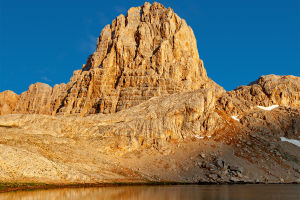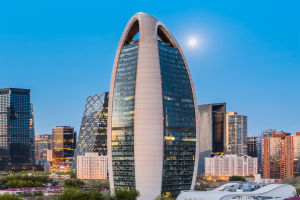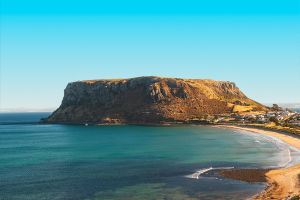Panama City stands as the most advanced metropolis in Central America, serving as the region's financial and shipping hub.
The city's skyline, marked by modern skyscrapers that have emerged since the early 2000s, highlights its economic prosperity and ongoing growth!
Top 5 Things to See and Do in Panama City
1. Stroll Through Casco Viejo
Casco Viejo, Panama’s original Spanish settlement from 1671, is a must-visit spot and an excellent place to stay if you prefer a quieter atmosphere away from the city’s hustle.
Don’t miss the Panama Canal Museum for a dive into history or the Museo de la Moda to explore the colorful tapestries made by the Guna indigenous people. Wander the cobblestone streets, grab a drink at one of the rooftop bar, and watch the sunset. Coffee lovers will appreciate a visit to Café Unido.
2. Relax in Metropolitan Park
Spanning 575 acres, Metropolitan Park is a lush rain-forest within the city. It’s home to an impressive variety of wildlife, including 227 bird species, 45 mammals, and 36 types of snakes. There are 8 kilometers (5 miles) of trails to explore, and a hike to the top of Cedar Hill offers stunning panoramic views of the city and Panama Canal.
3. Visit the Panama Canal
One of the 7 Wonders of the Modern World, the Panama Canal is a must-see. The Miraflores Locks, the closest to Panama City, are a great spot to witness the marvel of this engineering feat. The canal took 10 years and more than 40,000 laborers to build, with over 5,000 workers losing their lives during construction. The visitor center has an observation deck where you can watch ships pass through and hear detailed explanations.
4. Explore Panama Viejo
Panama Viejo, a UNESCO World Heritage Site, is the original site of Panama City. Founded in 1519 by Pedrarías Dávila, it was the first Spanish settlement on the Pacific Coast of the Americas. In 1691, pirate Sir Henry Morgan attacked and destroyed the city, but many of its ruins, including the Old Panama Cathedral, remain today.
5. Cycle Along the Amador Causeway
Amador Causeway, built from rocks excavated during the Panama Canal’s construction, connects Panama City to three small islands: Naos, Perico, and Flamenco. The 6-kilometer (4-mile) scenic boardwalk is popular with cyclists and offers numerous restaurants serving fresh seafood with spectacular views—especially at sunset.
Other Things to See and Do in Panama City
1. Visit Mi Pueblito
Mi Pueblito is an open-air museum that offers a glimpse into traditional village life in Panama. The site features replicas of indigenous buildings, and on Fridays and Saturdays, you can enjoy folklore dance performances.
2. Explore the Biomuseo
The Biomuseo, designed by the famous architect Frank Gehry, is a striking museum dedicated to Panama’s rich biodiversity. The museum’s eight galleries explore the country’s natural and cultural history, offering an engaging way to learn about the region’s diverse ecosystems.
3. Take a Ferry to Taboga Island
Taboga Island, located 19 kilometers (12 miles) off Panama City’s Pacific coast, makes for an easy day trip. Ferries depart from Amador Causeway and take about 30 minutes to reach the island.
Panama City Travel Guide: Money-Saving Tips
Here are some of the best ways to save money while exploring Panama City:
Stay with a Local – Take advantage of the Couchsurfing community, which is abundant in Panama City. Many locals offer free stays, and attending community events is a great way to immerse in the culture while saving money.
Opt for Free Activities – Many of Panama City's top attractions are free to visit. Explore Casco Viejo, take a walk along Amador Causeway, or stroll through the fish market and Cinta Costera.
Eat at Local Food Stalls – Local food stands serve hearty meals for under $5 USD. Expect rice, chicken, beans, and a drink—simple but filling and budget-friendly.
Use Public Transport – Skip taxis and use the bus system, which is both cheap and efficient. Buses reach most parts of the city and are an affordable way to get around.
Bring a Reusable Water Bottle – Tap water in Panama City is generally safe to drink. A reusable water bottle helps save money and reduce plastic waste.


